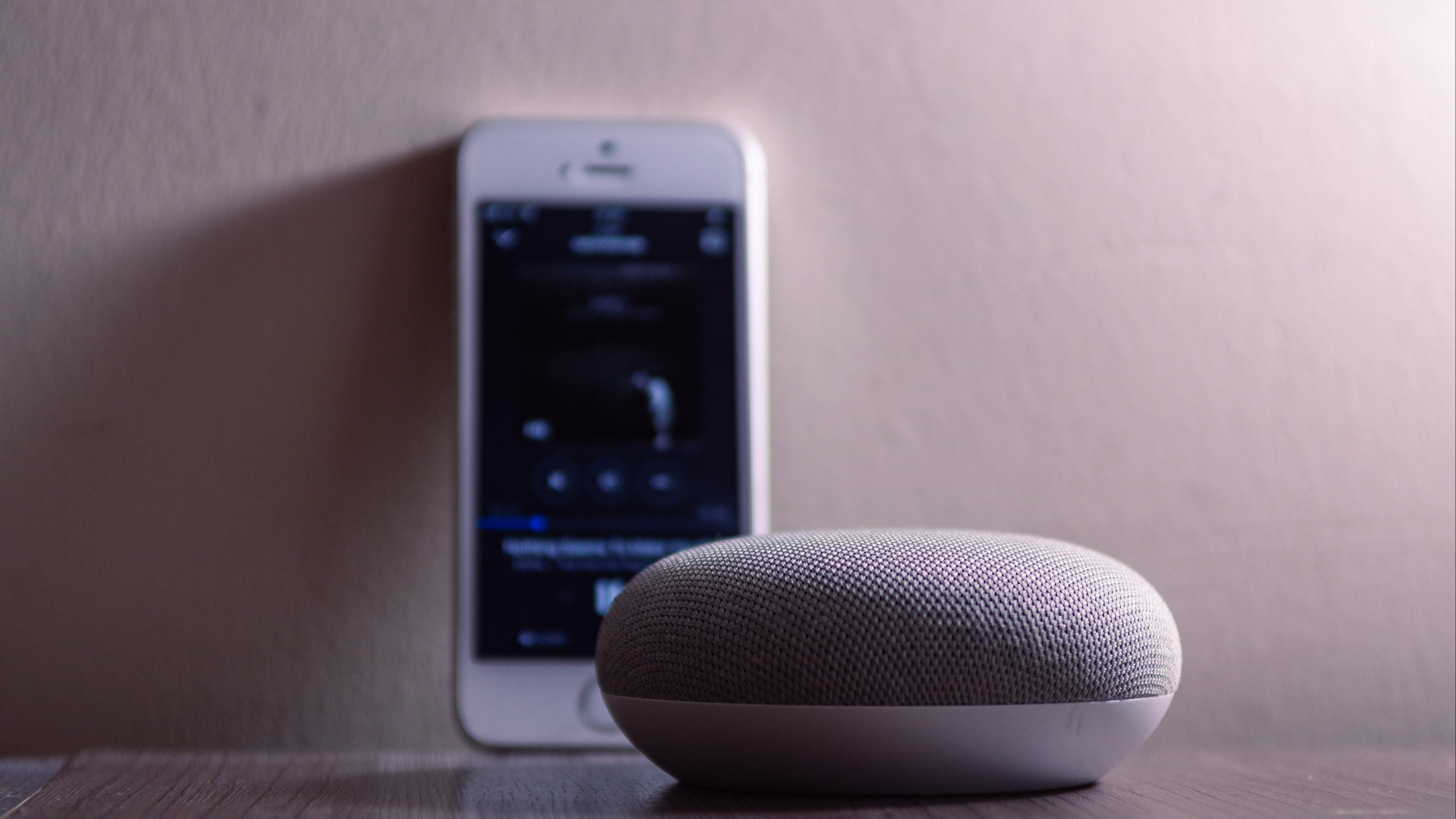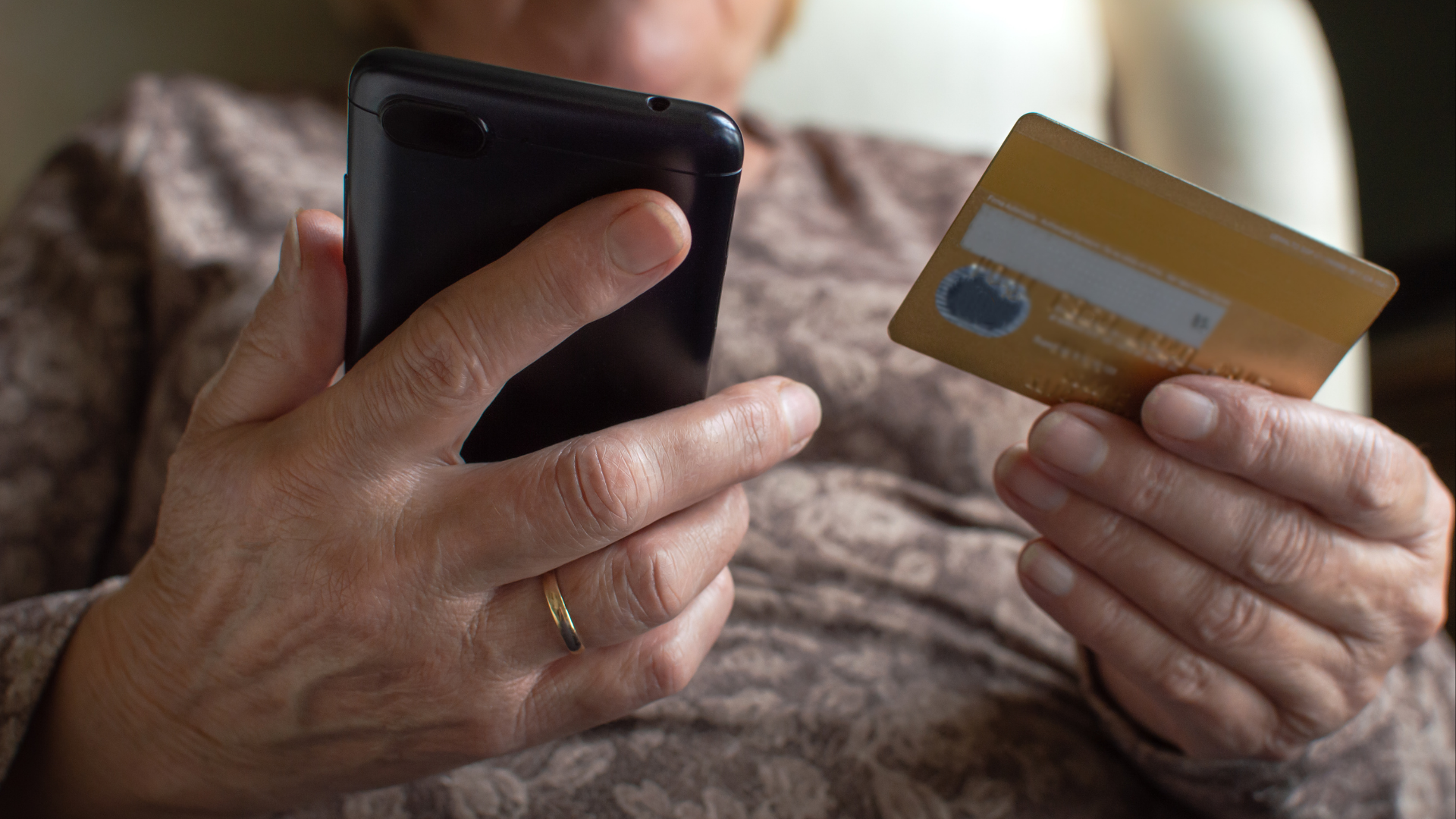Gen Z and Millennials may be leading the shift to e-commerce, but baby boomers are not far behind. 88% of Baby Boomers agreed that technology has helped them during the COVID-19 pandemic, adopting technology more rapidly than we imagined.
Using insights from our data partner GWI, we explore the six technologies baby boomers today rely on and how brands can be more inclusive in their marketing and communications.
#1 Web – Insecure surfers
Boomers are not susceptible to signing up to the latest craze. What sets them apart from other generations are their greater-than-average concern about how companies collect their data online. Therefore, they are more willing to take action to protect their data.
Among boomers who use ad-blockers, aside from data security, irrelevant advertising is a common reason for usage. In fact, just 10% of baby boomers feel represented in the advertising they see – making them the least likely generation to think this.
What next?
Brands should shift away from touting commercial benefits and instead focusing on purpose in people’s lives. Whether it’s under-representation in media images or insensitive stereotyping, older consumers are commonly ignored and distorted in marketing.
To be more accessible online to baby boomers, brands can talk about the topics related to them, such as health, work, finance and caregiving.
#2 Social – Facebook a favourite
For boomers outside of China in APAC, their first experiences on social media were likely on Facebook-owned apps, including Facebook, WhatsApp, Messengers and Instagram. Comparing how they use social media with younger users, boomers prefer to stick to what they know, spending more time on messaging family and friends, as well as reading news stories.
The usage of Messenger and TikTok are growing rapidly among boomers, up by 10% and 6% respectively.
What next?
Facebook ads and short videos on TikTok are good options for targeting at baby boomers. Although baby boomers do not spend as much time as younger audience on social media daily, their potential penetration in social media can’t be ignored.
Brands should not only focus on traditional media but also consider adjusting budgets to include new media to adapt to boomers’ changing media consumption habits.
#3 Networking – Communication is key
30% baby boomers in APAC say that contributing to their community is important to them. Baby boomers value their community and seek to support it.
This year, Facebook has launched a new feature in Canada and US called Neighborhoods. The idea is to support local businesses, while also giving people the ability to share tips in local groups and meet neighbours with common interests. Already a fond favourite of baby boomers, Facebook hopes this will win them over and act as a catalyst to persuade them to venture deeper into its other offerings.
What next?
Initiatives to support local communities or businesses will help raise brand image. Brands can develop partnership with local communities or businesses, holding events such as CSR programs or workshops in the neighbourhood, to involve with baby boomers.
Leverage on the community apps to gain reach. For example, Nextdoor is a social media app for local communities to come together to greet newcomers, exchange recommendations, and share hyper-local news. In the U.S. and UK, 18% of baby boomers visit the site every month, compared to 16% of Gen X, 11% of millennials, and 5% of GenZ –making it one of the few social platforms that skews in favour of older generations.
#4 Tech Adoption – Outfitting smarter homes
Baby boomers began outfitting their homes with smart technology at a much faster rate than other generations since 2020. Although they’re later adopters of new technology, these purchases show that boomers will adopt more advanced technology if it offers them genuine utility.
Given this group is not tech-native, there is a barrier for boomers to access complicated technology experience. Meanwhile, over 40% boomers say they worry about how companies use their personal data online, and this fear may be keeping many boomers away from installing smart speakers or smart security cameras in their homes.
What next?
Brands should address baby boomers’ pain points on smart devices, avoiding complicated technology experience and assuring their data privacy.
For example, smart speakers offer a way to access technology without much technological experience, by simply saying “OK Google” than navigating the many tips and tricks. These devices are among the most popular smart products for baby boomers.
Brands could also address boomers’ concerns on how their privacy data are being protected in their publications.
#5 Wellness – Loneliness epidemic
Compared to their younger counterparts, baby boomers are over twice as likely to live alone. It is not surprising that keeping in touch with family and friends is the top reason for them to use social media.
While the pandemic exacerbated loneliness epidemic, aged 55-64 had experienced the biggest growth in gaming since 2018. This continues to be the case – nearly a quarter of baby boomers have now downloaded a free-to-play video game in 2020.
What next?
Brands can tackle the loneliness epidemic for baby boomers by catering to their needs. For example, Facebook saw the opportunity to target grandparents with their new smart video-chatting device that could combat that loneliness.
There are opportunities for brands in the entertainment industry, social media/messaging field, and smart wearables and home devices, to convey the messages on how to help baby boomers.
#6 Commerce – Price conscious
14% baby boomers in APAC think their personal finances are set to worsen in the next 6 months, compared to just 9% of other generations. But they’re more likely to have bank accounts or credit cards, less likely to have risky short- term loans, and have diverse financial portfolios.
Even though boomers have accumulated more wealth on average than other generations, they remain price- sensitive. They’re 25% more likely than other age groups to research brands on price comparison websites, and over 4 in 10 say that coupons and discounts would make them more willing to purchase a product online.
What next?
Leverage on promotion strategy and avoid additional costs to attract baby boomers during online shopping.
Baby boomers have flocked to digital shopping channels this past year; even still, they can be put off by added costs and unnecessary hassle in the digital space.
They’re much more willing to purchase products online if they can avoid costs related to shipping and returns. Brands should bear it in mind when they set up their e-commerce strategy.
As baby boomers continue to increase their technology use, businesses should examine the ways they market their brand to capture the attention of this generation.
Want to activate this target audience for your brand? Get in touch with our data and insights specialists here.








